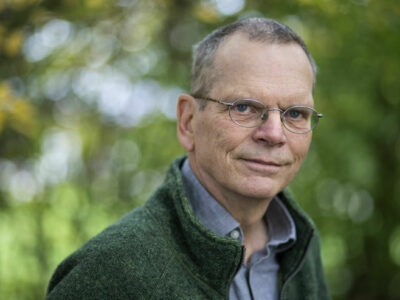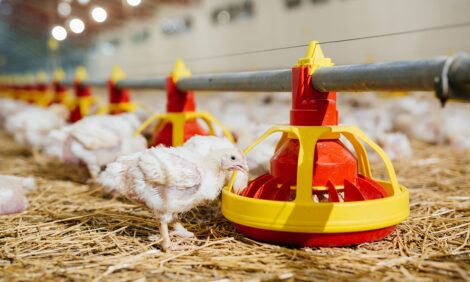



How young chickens play can indicate how they feel
It is common for young animals, in particular mammals, to play.Researchers at Linköping University (LiU) have for the first time mapped the development of play in young chickens. The results show that the young chickens spend lots of time playing in different ways – just like puppies and kittens.
“We studied the development of young chickens from hatching onwards, by offering them a special ‘playground’ several times a week”, says Per Jensen, professor at the Department of Physics, Chemistry and Biology at LiU. Professor Jensen has led the investigation.
The researchers filmed the young chickens’ behaviour and identified, in total, 14 different kinds of play. For example, the young chickens picked up objects in their beaks and chased each other around, or conducted “play fighting” by jumping and bumping their chests against one another. The intensity of the play reached its peak around 6–7 weeks of age, just before the young chickens would have become independent from their parents in the wild.

To see how play is affected in the transition from living in the wild to being tame, modern and domesticated laying young chickens were compared with their ancestors, red junglefowl.
“We discovered that both played in exactly the same way. So almost 10,000 years of domestication hadn’t changed their play behaviour. However, the tame young chickens played a lot more than their ancestors. This supports the theory that domestication often leads to animals becoming more ‘childish’ in their behaviour”, says Rebecca Oscarsson, who worked on the study during her master’s programme.
In many animals, playing is affected by their mental state, and animals play less when they experience stress or discomfort. Therefore, another study looked at young chickens who were subject to stress during hatching.
“The hypothesis was that the experience of early stress would make the young chickens less likely to play. But instead, we saw the complete opposite. Maybe stressed animals have an unmet need for an outlet for positive behaviour. But it’s up to future research to show that”, says Gabrielle Lundén, who also was a master’s student during the experiment.
Per Jensen believes that how animals play can indicate how they feel, and that play is used to improve their lives.
“We’re planning a study in which we will stimulate stressed animals into playing, in order to increase their wellbeing. This could be a way of improving the quality of life of animals used in food production”, says Per Jensen.
The study has received funding from the research council Formas and the Swedish Research Council.








